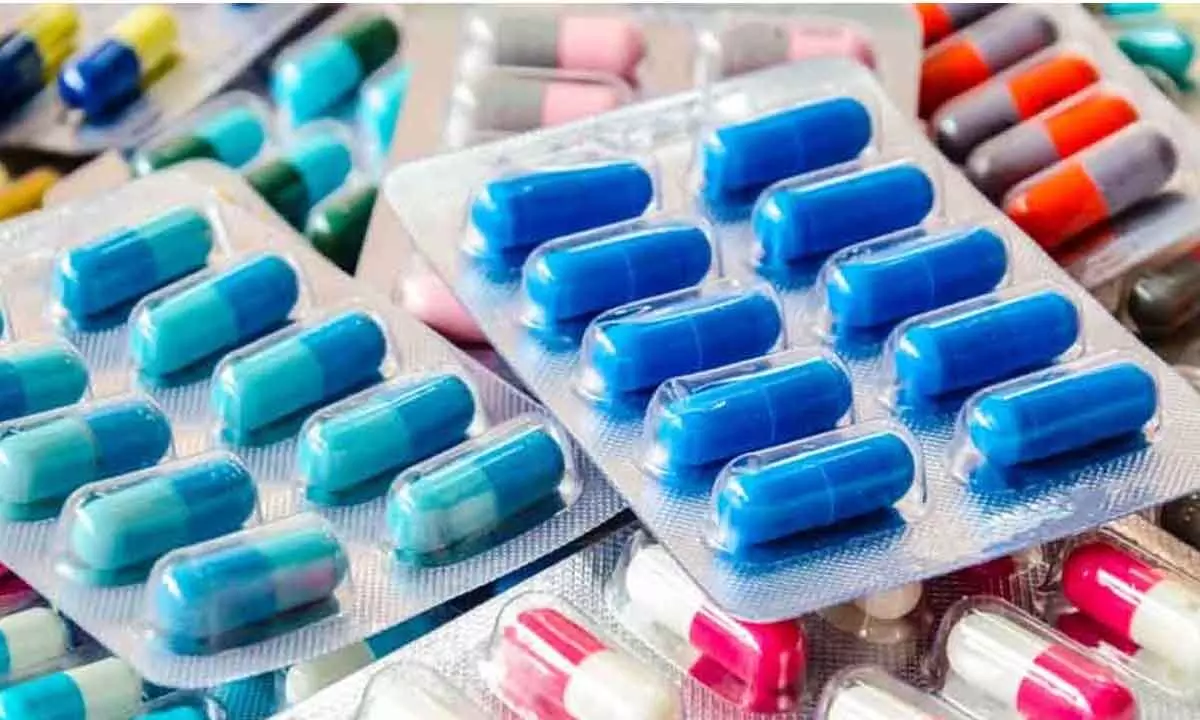Higher FDI inflow augurs well for pharma industry
The fund infusion by foreign investors into the sector for the period from April to December, 2022 stood at $1.82 bn as compared to the whole year figure of $1.41 bn in 2021-22
image for illustrative purpose

In an indication that augurs well for the pharmaceutical industry in the country, the Foreign Direct Investment (FDI) equity inflow into the pharmaceutical industry has registered a strong growth in the third quarter of the current fiscal year ending December 31, 2022. In the third quarter alone, the FDI infusion into the pharmaceutical sector has crossed one billion dollar. The FDI growth is not limited to one quarter which is evident from the fact that the total FDI inflow for the three quarters of the current fiscal year ending December 31, 2022 has crossed the total foreign investments seen in the whole financial year of 2021-22 ending March 31, 2022.
The fund infusion by foreign investors into the sector for the period from April to December, 2022 stood at $1.82 billion as compared to the whole year figure of $1.41 billion in 2021-22. The three month figure is also higher than the total foreign fund infusion into the sector during the fiscal year 2020-21, which was at $1.49 billion. The FDI infusion during the three months from October to December, 2022 registered a growth of 73 per cent from the $647 million investment in the same period of the previous fiscal year.
The growth momentum of the pharmaceutical sector is continuing during the fourth quarter from January 2023. According to the Department of Pharmaceuticals (DoP), the government has further approved two FDI equity infusion proposals valued at a total of around Rs 1477 crore during the month of January, 2023, and by the end of January, the Department has three more proposals pending for consideration. Foreign investments in pharmaceuticals in greenfield projects are allowed up to 100 per cent under the automatic route and for brownfield pharmaceutical projects, foreign investment beyond 74 per cent to up to 100 per cent, Government approval is required. After the abolition of Foreign Investment Promotion Board (FIPB) in May 2017, the DoP has been assigned the role to consider the foreign investment proposals under the Government approval route.
It is worthwhile to mention here that the Economic Survey 2022-23, released by the Union Finance Ministry on January 31, 2023 ahead of the Union Budget 2023, had said that the FDI inflow into the pharmaceutical sector have increased four-fold over five years until September 2022, to $ 699 million, supported by investor-friendly policies and a positive outlook for the industry. The cumulative FDI inflow into the drugs and pharmaceutical segment from April 2000 to December, 2022 is $21.22 billion, according to the figures from the Ministry of Commerce and Industry. Out of the total FDI equity inflow of $625.15 billion, this accounts to around 3.39 per cent and comes as eighth in line of high investment sector, after service sector, computer software and hardware, telecommunications, trading, automobile industry, construction activities and construction development sectors.
While the pharmaceutical sector is going great guns, the hospital and diagnostic centres sector has reported a decline in terms of quarterly investments, compared to the last six quarters from June, 2021. The FDI equity inflow into the sector was $95.2 million, with a 44 per cent decline as compared to $171.4 million in the same period of last year. This comes after the sector registered a high of $310 million in the previous quarter. The cumulative FDI equity inflow into the sector from April, 2000 to December, 2022 stood at $8.5 billion, growing from $7.73 billion reported from April, 2000 to December, 2021. The Medical and Surgical Appliances has also registered a decline of 26.7 per cent in FDI equity inflow at $20.6 million during the October to December, 2022 quarter, as compared to $28.11 million fund inflow reported in the same period of previous year. The cumulative FDI equity infusion into the sector stood at $2.76 billion from April, 2000 to December, 2022.
The Indian pharmaceutical industry, which stands today as third in production by volume and 14th by value, is the producer of a whopping 60 per cent of the world's vaccines and 20 percent of generic medicines. It has the highest number of USFDA compliant pharma plants outside of the USA and is home to more than 3,000 pharma companies with a network of over 10,500 manufacturing facilities. Besides, India is the source of 60,000 generic brands across 60 therapeutic categories and manufactures more than 500 different active pharmaceutical ingredients (APIs). The Government of India has approved incentives worth Rs 21,940 crore ($3 billion) to improve the capabilities and capacity of the industry. The pharma market in the country is expected to reach $65 billion by 2024 and $130 billion by 2030, with an expected growth rate of 11-12 per cent between 2020 and 2030.
(The author is freelance journalist with varied experience in
different fields)

